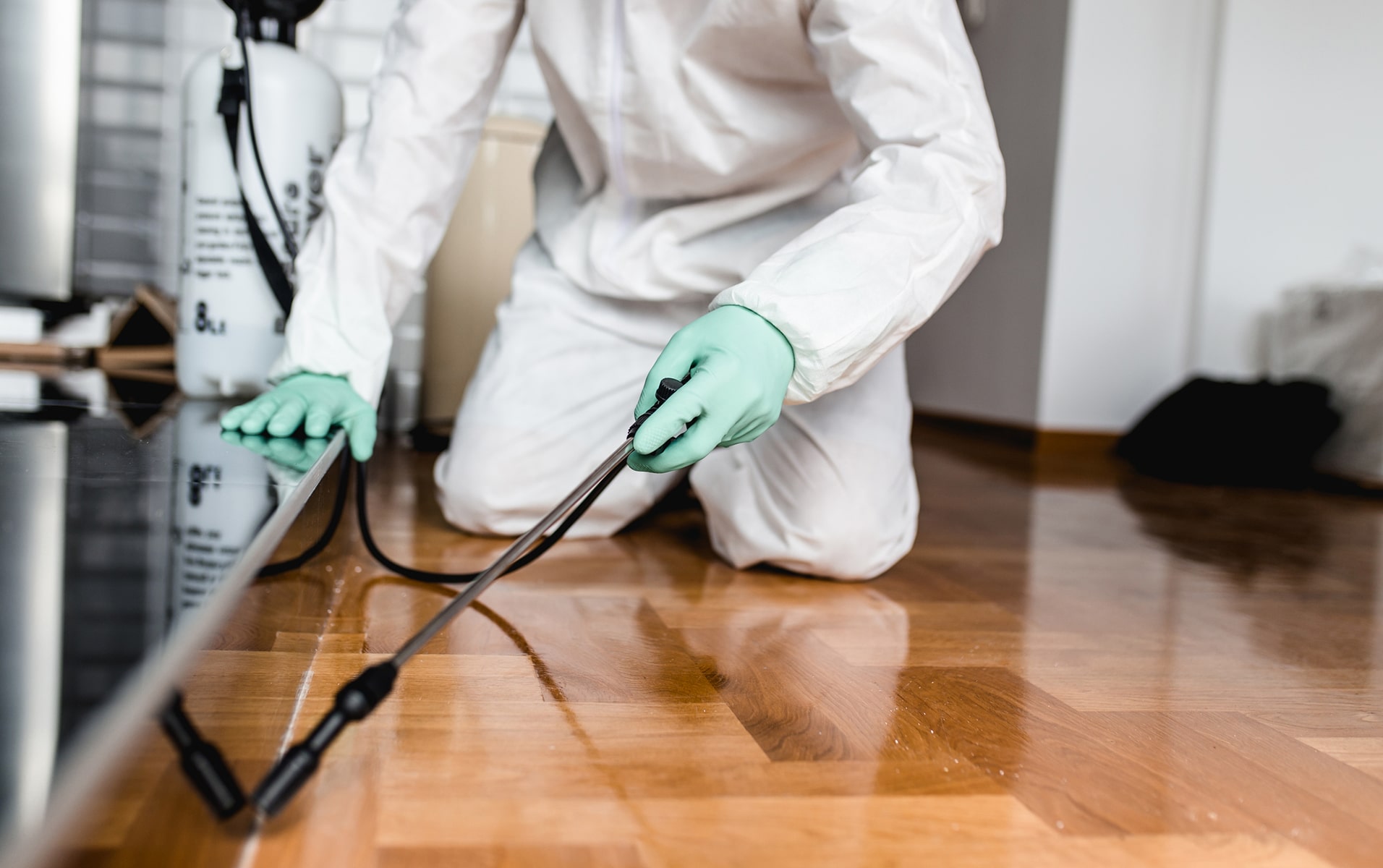we are providing best fumigation & pest control services in Karachi. Termite proofing treatment, bed bugs treatment, cockroach treatment mosquito treatment, wood borer., & Water tank cleaning service
If need any service please call now or visit complete web site
What Is a Fumigant?
A fumigant is a gas with pesticide action.
Fumigants are gases, or form gases, after
application. In a high enough concentration, a
fumigant can kill insects and other pests.
Fumigants may be odorless, and usually cannot
be seen.
People often mistake smokes, fogs, mists and
other aerosols for fumigants. However, these
pesticides produce relatively large particles or
droplets that are very different from fumigants.
They are not true fumigants because they are
not gases.
As a gas, a fumigant consists of separate
molecules that are much smaller than the
droplets of a fog or mist. Fumigants can
penetrate even seemingly solid items like brick,
concrete and wood. However, these items are not
as solid as they appear. In a magnified view, it is
general Fumigation in Karachi
possible to see the molecules of wood and the
spaces between them. Fumigant molecules
actually move between the wood molecules to
reach the pests. Because fumigants penetrate so
well, they must be confined in an enclosed space.
As soon as a fumigant escapes from an
enclosure, its effectiveness is lost.
NOTE: Fumigants provide no residual
protection. Once a commodity has been treated
and aerated, new pests can attack at any time.
You will also learn about fumigants.
Fumigants have many characteristics that can
affect how well they work. These include boiling
point, molecular weight, water solubility and
flammability. External factors such as
temperature and humidity can also affect
performance. When fumigating soil, application
techniques and soil features such as tilth and
texture can affect the success of your treatment.
This manual will describe these factors and help
you understand how different fumigants will
perform in different situations.
This manual describes the principles of
Integrated Pest Management (IPM). It explains
when and how fumigation fits into a well-planned
IPM program. You will also learn several ways to
control pest and disease problems without
fumigation. These alternatives to fumigation may
be cultural, biological or chemical. By using a
combination of methods, you may often achieve
the best control.
This manual will introduce you to a range of
fumigation methods and equipment. You will
learn basic techniques used to treat soil and raw
commodities. Each method has its pros and cons.
You will learn how to select a treatment method
based on the pest, the item or type of soil infested
and the severity of the infestation. During
fumigation, problems often arise. You will learn
how to prevent these problems, and how to
handle them if they do develop.

